Best macro lens: close-up lenses for Canon and Nikon DSLRs
Want to shoot close-ups? We pick the best lenses for the job
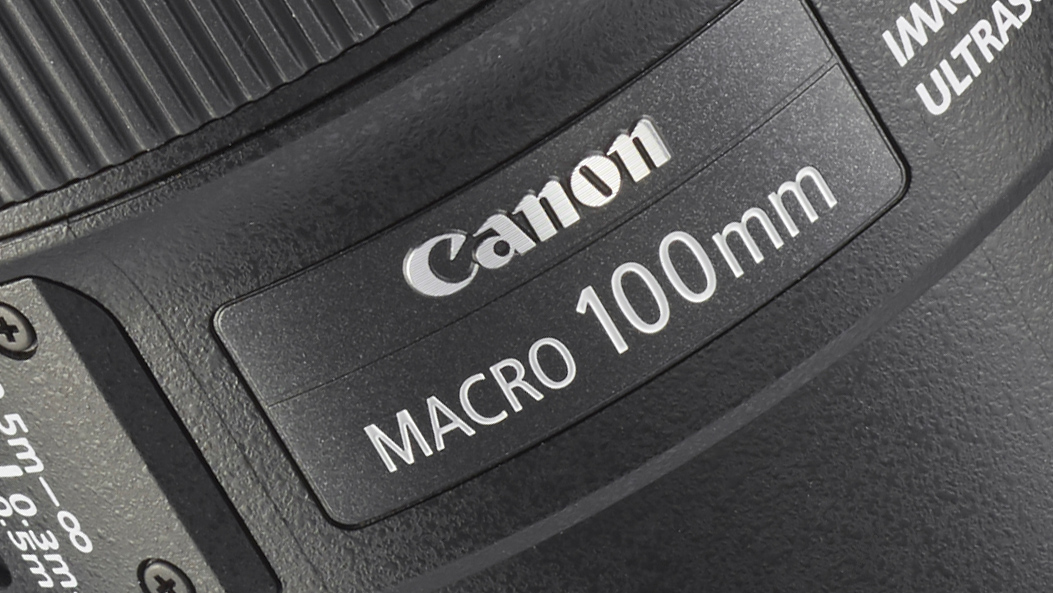
Modern macro lenses aren’t just one-trick ponies. The typical combination of a fairly wide aperture rating and short telephoto length also makes them good for portraiture and, in some cases, even for action sports and wildlife photography under dull lighting conditions, where a wide aperture enables you to maintain fairly fast shutter speeds. Concentrating on close-up shooting, however, here are our top six recommendations for Canon-fit macro lenses.

Best macro lenses for Canon DSLRs 2018
Why you can trust TechRadar
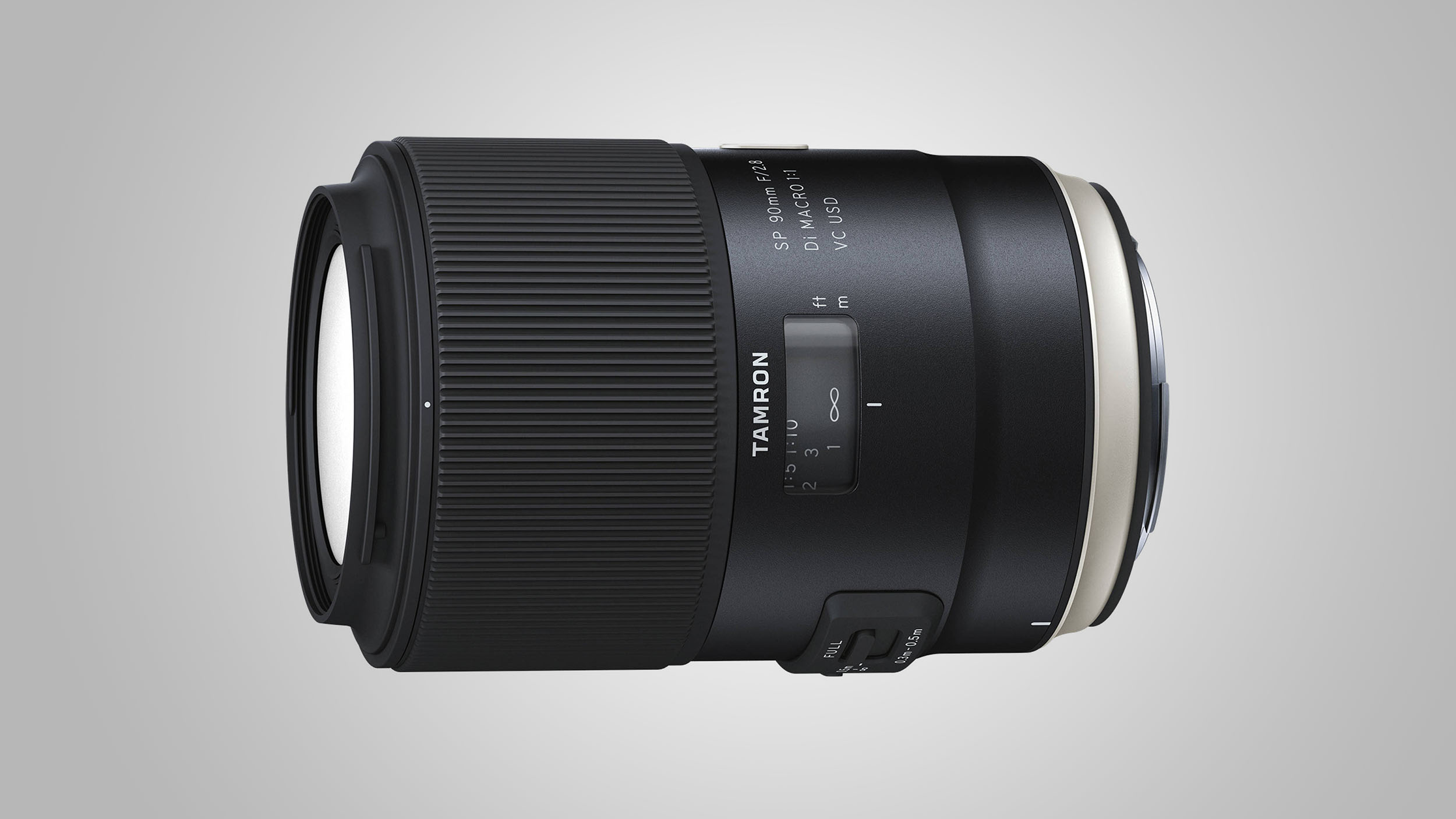
1. Tamron SP 90mm f/2.8 Di VC USD Macro
Specifications
Reasons to buy
Reasons to avoid
Tamron has launched some fabulous prime lenses and G2 (Generation 2) zooms. This lens doesn’t bear the G2 badge but is nevertheless a new generation of the 90mm VC USD lens. It’s easily distinguishable by having a silver band around the rear, instead of a gold ring around the middle. Compared with the previous edition, the new version has upgraded optics, improved coatings, better autofocus and a ‘hybrid’ image stabilizer, which counteracts the effects of X-Y shift as well as vibration. It works better for handheld close-up shooting but you’ll still need a tripod for full 1.0x macro shooting. Build quality and all aspects of image quality and performance are simply spectacular. It’s an incredible lens at a very reasonable price.

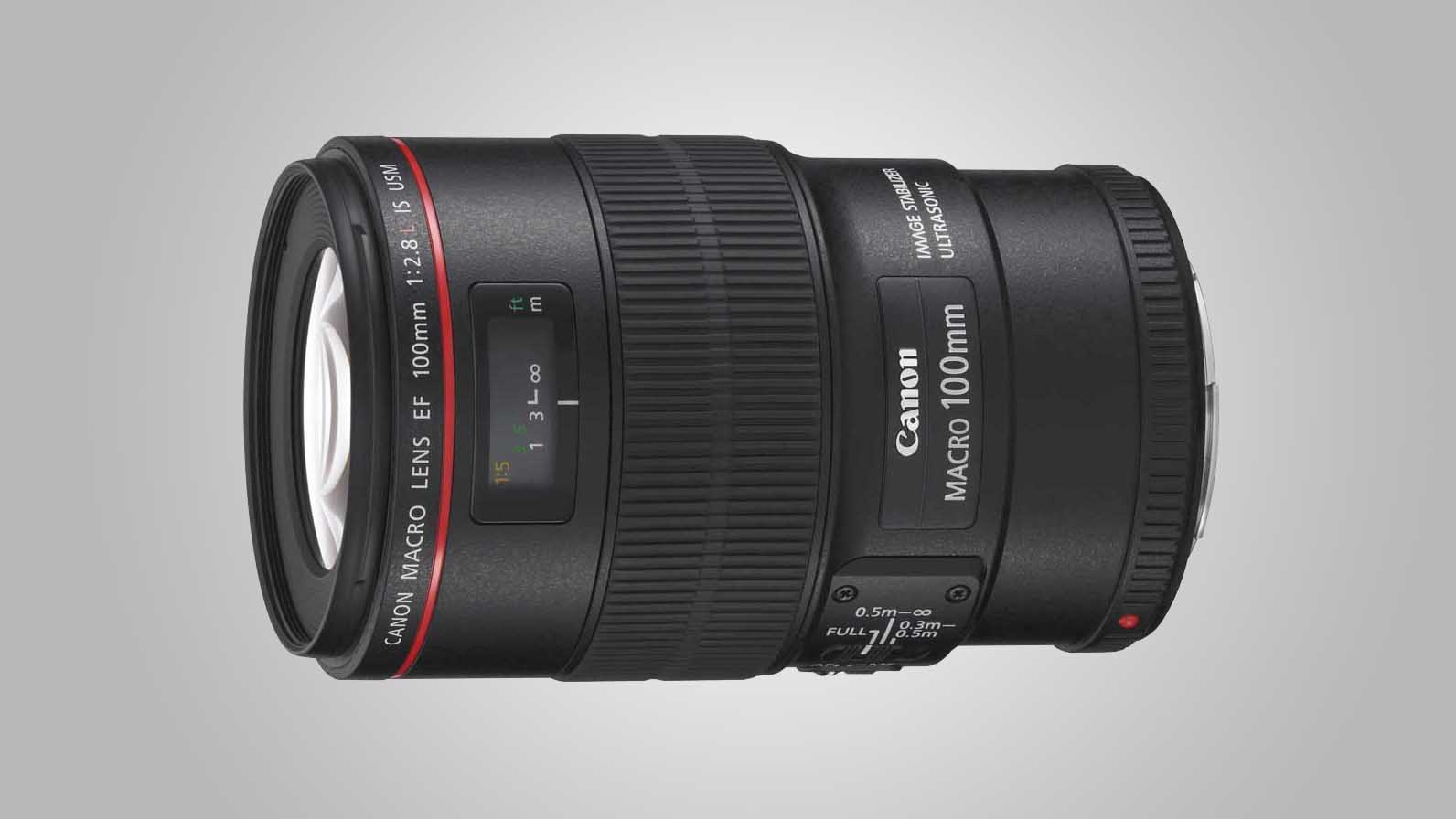
2. Canon EF 100mm f/2.8L Macro IS USM
Specifications
Reasons to buy
Reasons to avoid
The main claim to fame of this lens is that it was the world’s first to feature a ‘hybrid’ image stabilizer, although that’s now been inherited by the newer Canon 35mm macro lens, and Tamron has developed a competing system. Even so, the quality of this lens isn’t just about its stabilizer. As an L-series optic, it boasts pro-grade construction, complete with weather-seals. Sharpness and contrast are very good even when shooting wide-open at f/2.8. More importantly for a macro lens, image quality remains very impressive right down to f/22. Color fringing is minimal at all apertures but barrel distortion is a little more noticeable than from Canon’s older, non-stabilized 100mm lens.

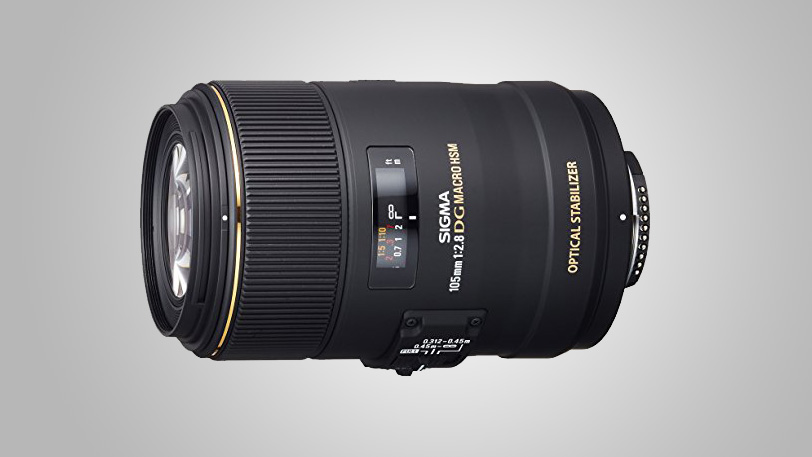
3. Sigma 105mm f/2.8 EX DG OS HSM Macro
Specifications
Reasons to buy
Reasons to avoid
Astonishingly good value, this Sigma is a full-frame compatible macro lens that’s packed with high-end features. The list of attractions includes ring-type ultrasonic autofocus, four-stop image stabilization with switchable static and panning modes, a focus distance scale under a viewing panel, and a three-position autofocus limiter switch that can lock out both the short and long sections of the full range. The lens is supplied complete with a hood, a hood converter for improved efficiency with APS-C format cameras, and a smart padded soft case. Build quality and handling are excellent, although the Sigma doesn’t feature weather-seals. Corner-sharpness at f/2.8 could be a little better but that’s no real issue for macro shooting. Overall, performance and image quality are excellent, making the Sigma unbeatable value for money.

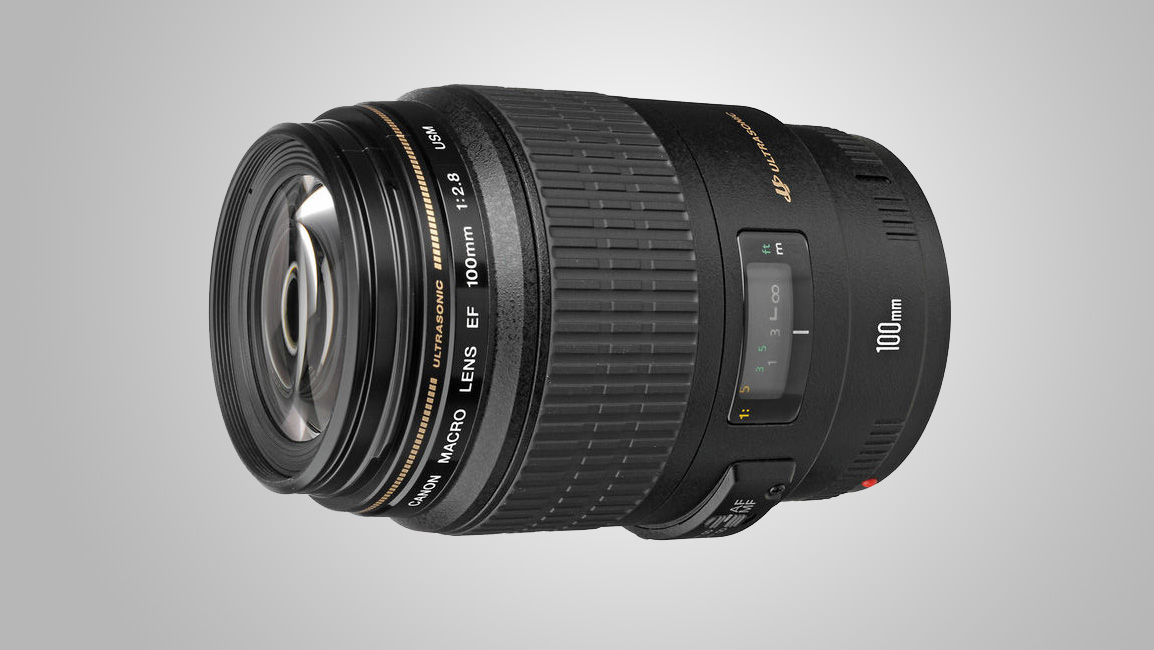
4. Canon EF 100mm f/2.8 Macro USM
Specifications
Reasons to buy
Reasons to avoid
Image stabilization is great for general handheld shooting but, for extreme close-ups, it’s of negligible benefit. The lack of stabilization in this older Canon 100mm macro lens therefore isn’t a deal-breaker for macro photography, especially as it’s so much less expensive to buy. Ideal as a combined macro/portrait lens, this one has a near-identical focal length on full-frame cameras to the EF-S 60mm on APS-C bodies. Both lenses look very similar, although the 100mm is bigger and has extra finery including a UD (Ultra-low Dispersion) element and a long-range autofocus limiter switch, but that’s unfortunately of no use when shooting close-ups. Sharpness is impressive, colour fringing is fairly minimal, and barrel distortion is lower than in Canon’s up-market L-series 100mm lens.

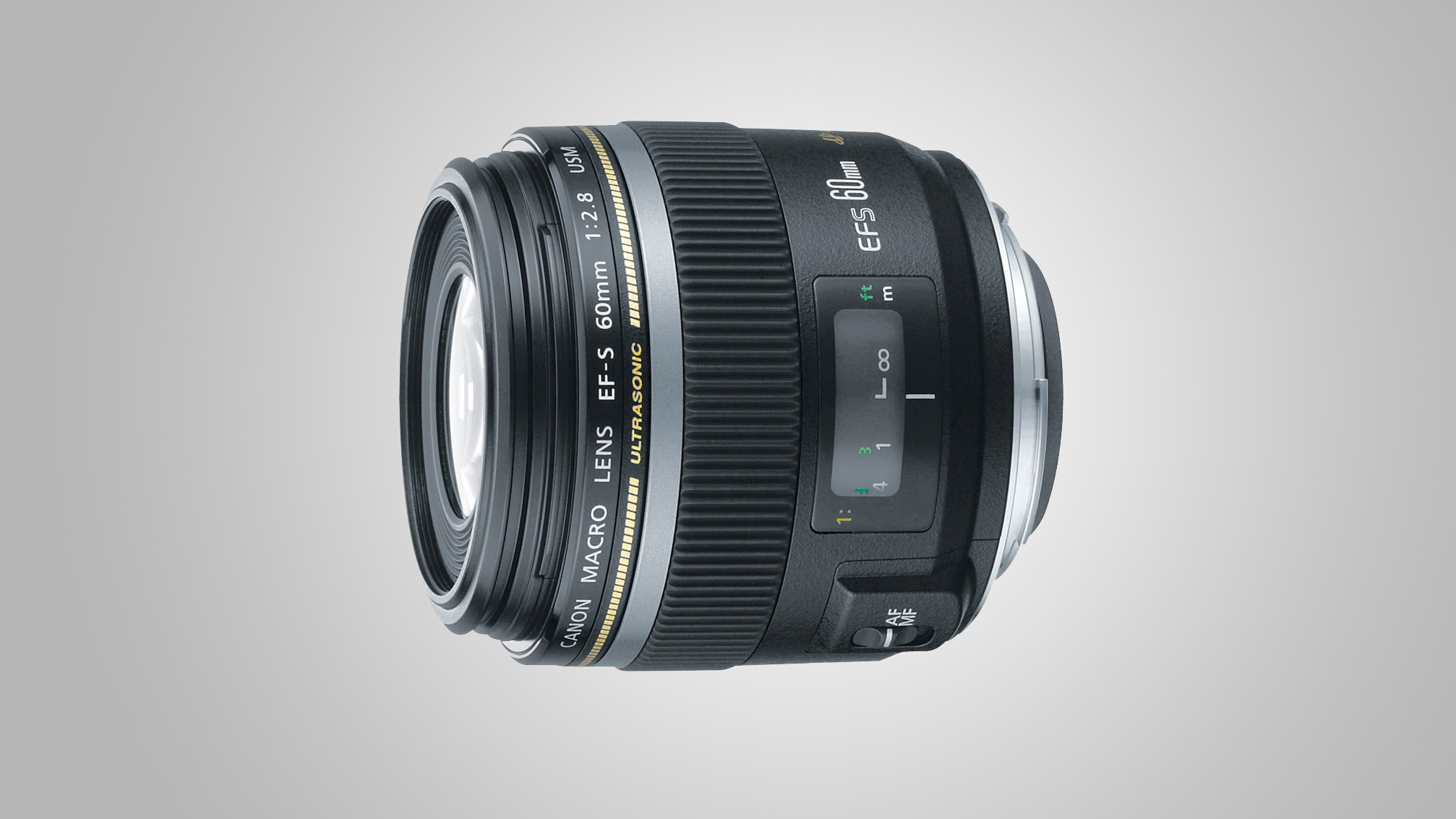
5. Canon EF-S 60mm f/2.8 Macro USM
Specifications
Reasons to buy
Reasons to avoid
Compared with Canon’s newer EF-S 35mm macro lens, this one is much more conventional, without image stabilization or a built-in Macro Lite. Build quality is more substantial and the autofocus system is ring-type ultrasonic, with the usual full-time manual override and a distance scale beneath a viewing panel. With an effective 96mm focal length in full-frame terms, the viewing angle is more telephoto than ‘standard’, and quite ideal for portraiture. The working distance between the front of the lens and the subject for full 1.0x macro shooting is 9cm, compared with the 35mm lens’s very tight 3cm, but it’s still a little close for comfort. It edges ahead of the 35mm for image quality, with better corner-sharpness, less color fringing and practically zero distortion.

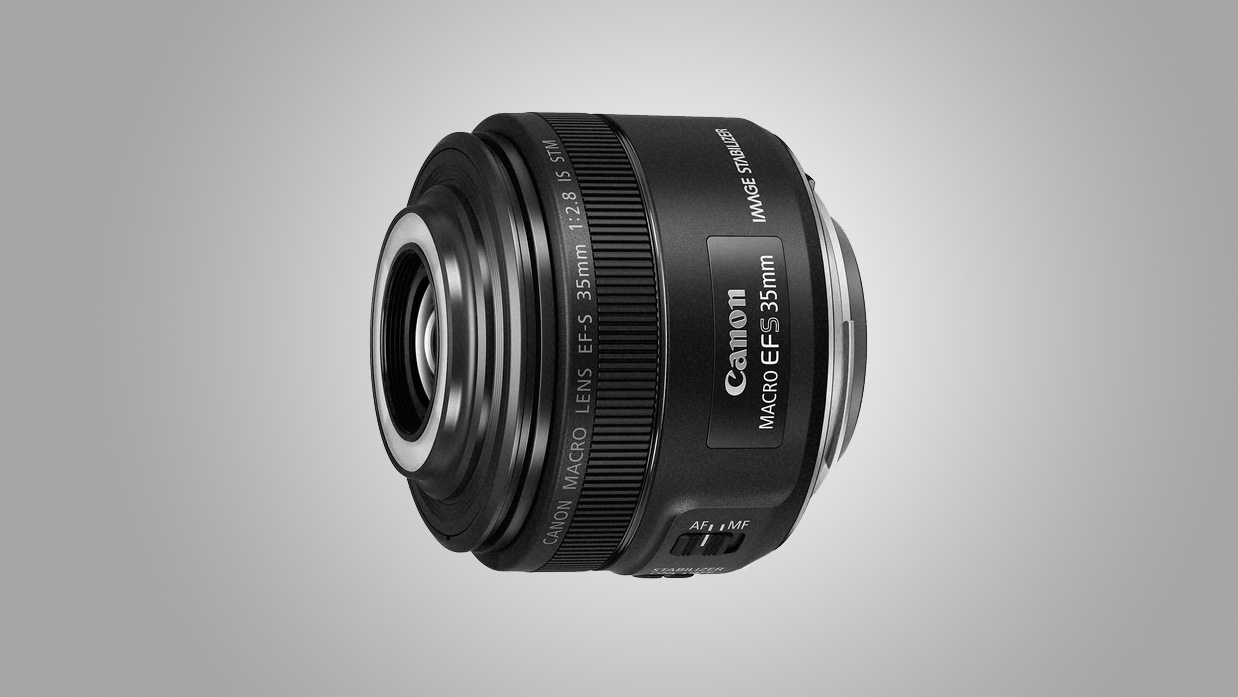
6. Canon EF-S 35mm f/2.8 Macro IS STM
Specifications
Reasons to buy
Reasons to avoid
As an ‘EF-S’ lens, this one is designed exclusively for APS-C format cameras, and isn’t compatible with full-frame bodies. Like several recent Canon lenses, it features a stepping-motor autofocus system with an electronically coupled focus ring, and no focus distance scale on the barrel. Equivalent to a 56mm lens on a full-frame body, the viewing angle makes the lens ideal as a ‘standard prime’, even without taking its macro abilities into account. Hybrid image stabilization is inherited from Canon’s range-topping 100mm L-series lens. Uniquely, this lens has an LED ‘Macro Lite’ built into its front, with two brightness levels and the option to use both sides or just the left or right. It’s a good thing too, as the front of the lens comes to just 3cm from the subject at its closest focus setting, blocking most ambient light. However, even at full power and at the shortest focus distance, you’ll need a slow shutter speed of about 1/15th of a second at f/8 (ISO 200). You also lose the advantage of short-duration flash to freeze motion, counteracting camera-shake and subject movement. Centre-sharpness is pretty good, on a par with the Canon 60mm lens, although it drops off more in the corners at wide apertures. Autofocus is fast and the electronic coupling enables very smooth and precise manual adjustments for critical close-up focusing.
To save some money on Canon products, check out our Canon coupon codes.

Current page: Best macro lenses for Canon DSLRs
Prev Page Macro lenses explained Next Page Best macro lenses for Nikon DSLRsGet daily insight, inspiration and deals in your inbox
Sign up for breaking news, reviews, opinion, top tech deals, and more.